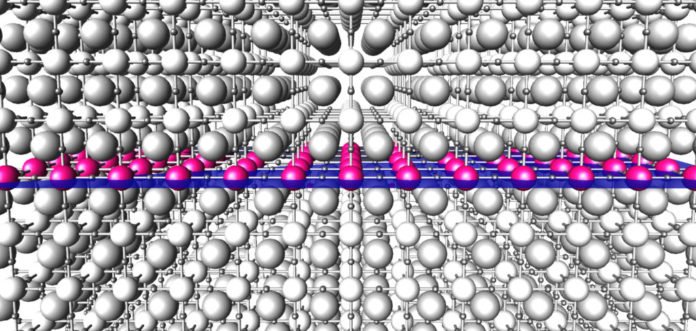Scientists from Hokkaido University and their partners in Japan and Taiwan have enhanced the capacity to transfer squandered heat into usable energy by altogether narrowing the space through which spread electrons move.
Scientists actually have increased the ability of a material to convert heat into electricity, which could help reduce the amount of wasted heat and thus wasted fossil fuel, in daily activities and industries.
In 2007, analysts manufactured an artificial superlattice made out of leading ultrathin layers sandwiched by thick insulating layers. This strategy yielded higher voltage, however, did not enhance conversion rates. Scientists have anticipated that the performance can be essentially enhanced if electrons with longer de Broglie wavelength, which implies they are more spread, are bound into a limited conducting layer, however, it had not yet been demonstrated tentatively.
Thus, scientists developed a superlattice in which electrons are spread by 30 percent more extensive when contrasted with past investigations. This brought about substantially higher voltage and multiplied the thermoelectric change rate recorded from past techniques.
Hiromichi Ohta of Hokkaido University said, “This is a significant step forward towards reducing the amount of heat wasted by power plants, factories, automobiles, computers, and even human bodies.”
The study is published in the journal Nature Communications.
